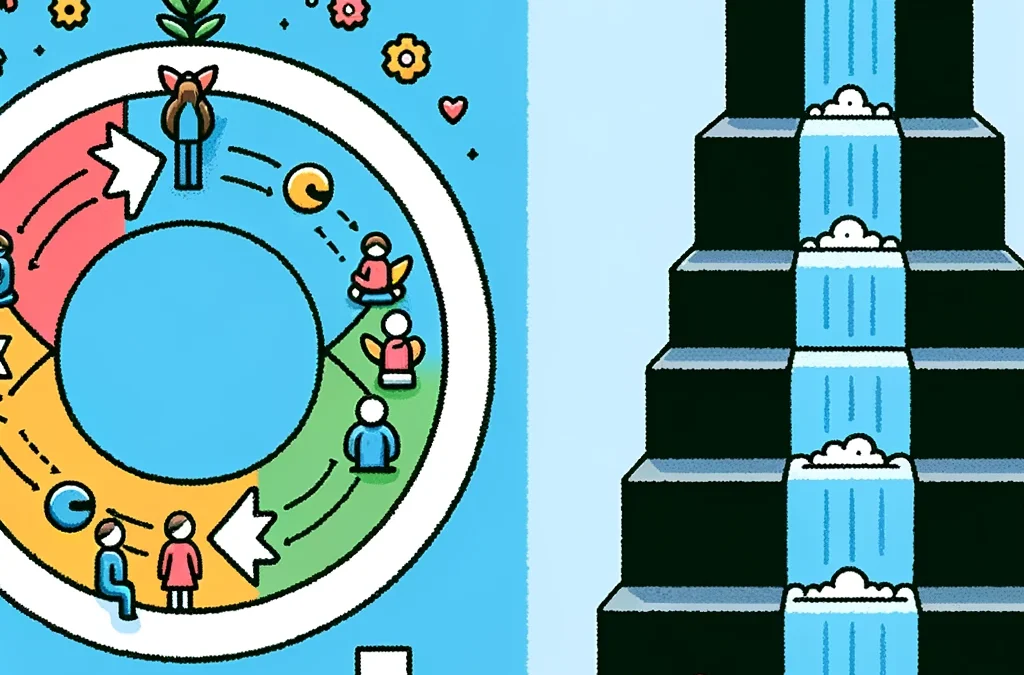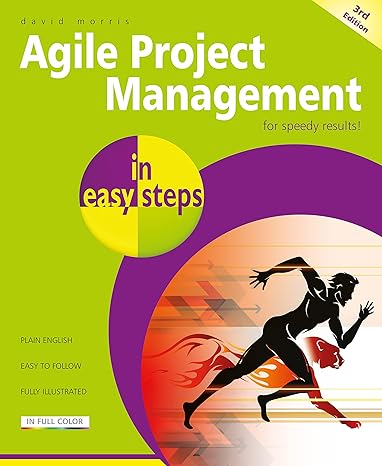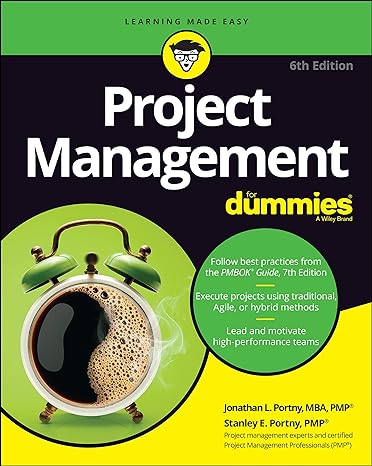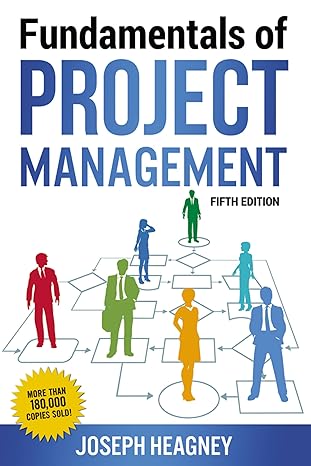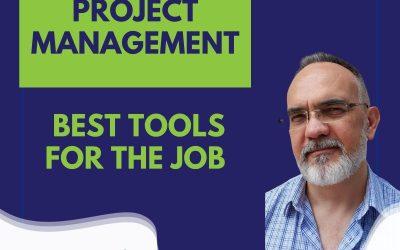Introduction
In the world of project management, two methodologies often take centre stage: Agile and Waterfall. Both approaches have their strengths and weaknesses, and understanding the differences between them is crucial for selecting the right one for your project.
What is Waterfall Project Management?
Waterfall project management is a linear, sequential approach where each phase of the project must be completed before the next one begins. It’s characterized by its structured nature and emphasis on detailed planning upfront. The main stages include requirements gathering, design, implementation, testing, deployment, and maintenance.
Pros of Waterfall:
– Clear Structure: Each phase has specific deliverables and a review process, making it easy to understand and manage.
– Defined Timeline: The linear approach allows for straightforward scheduling and budgeting.
– Thorough Documentation: Extensive documentation is created at each stage, providing a clear record of the project.
Cons of Waterfall:
– Inflexibility: Changes can be challenging to implement once the project is underway.
– Risk of Overruns: If errors are found late in the process, they can lead to costly overruns in time and budget.
– Delayed Feedback: Stakeholders only see the end product, which can lead to a gap between expectations and the final deliverable.
What is Agile Project Management?
Agile project management is a flexible, iterative approach that emphasizes adaptability and customer collaboration. It breaks the project into small, manageable chunks called “sprints,” with each sprint resulting in a potentially shippable product increment. Agile methodologies, like Scrum and Kanban, focus on continuous improvement and rapid response to change.
Pros of Agile:
– Flexibility: Changes can be easily incorporated into the project at any stage.
– Customer Collaboration: Regular feedback ensures that the final product meets customer needs.
– Early Delivery: Working increments are delivered frequently, providing early tangible results.
Cons of Agile:
– Less Predictability: The flexible nature can make it harder to predict the final timeline and budget.
– Requires Discipline: The success of Agile relies on a disciplined team and active stakeholder involvement.
– Learning Curve: Teams new to Agile may face challenges in adopting its principles and practices.
Choosing Between Agile and Waterfall
The choice between Agile and Waterfall depends on several factors:
– Project Complexity: Agile is better suited for complex projects with uncertain requirements, while Waterfall is ideal for projects with well-defined scopes.
– Customer Involvement: If regular customer feedback is essential, Agile is the preferred approach.
– Team Structure: Agile requires a highly collaborative and self-organizing team, whereas Waterfall can work with more traditional hierarchical teams.
– Risk Tolerance: Agile allows for more flexibility to adapt to changes and risks, while Waterfall relies on thorough upfront planning to mitigate risks.
Recommended Tools for Agile and Waterfall Project Management
Tools:
Selecting the right tools is essential for effectively implementing Agile or Waterfall methodologies. Here are some recommendations:
Tools for Waterfall Project Management:
– Microsoft Project: A robust tool for creating detailed project schedules, Gantt charts, and resource allocation.
– GanttPRO: An intuitive online Gantt chart software that simplifies planning and progress tracking in Waterfall projects.
– Zoho Projects: Offers comprehensive project planning features, including task dependencies and baselines, suitable for Waterfall management.
Tools for Agile Project Management:
– Jira Software: Widely used for Agile project management, Jira supports Scrum and Kanban boards, sprint planning, and agile reporting.
– Trello: A flexible Kanban-based tool that allows teams to organize tasks and workflows visually.
– Asana: Great for managing Agile projects with features like task assignments, progress tracking, and integration with other tools.
Hybrid Tools:
– Monday.com: Offers flexibility for both Agile and Waterfall methodologies with customizable workflows and visual project tracking.
– Smartsheet: Combines elements of traditional project management with collaborative features, suitable for hybrid approaches.
– ClickUp: ClickUp is a hybrid project management tool that combines Agile and Waterfall features, offering flexible views like Kanban boards and Gantt charts. It’s ideal for teams seeking a customizable approach to their projects.
Choosing the Right Tool:
When selecting a tool, consider factors such as your team’s size, the complexity of your project, and the specific features you need for your chosen methodology. Many tools offer free trials, so take the opportunity to explore their functionalities and ensure they align with your project management approach.
Conclusion
Both Agile and Waterfall have their place in the project management landscape. Understanding their differences and assessing your project’s specific needs are key to choosing the right approach. By aligning your methodology with your project’s goals, team dynamics, and stakeholder expectations, you can set the stage for a successful project outcome.
The right tool can significantly enhance the efficiency and effectiveness of your project management methodology. Whether you choose Agile, Waterfall, or a hybrid approach, there’s a tool out there that can support your workflow and help you achieve your project goals.
Some Helpful/Interesting links to Amazon resources:
Contact us for a free consultation
Unlock the Power of Expertise for Your Project’s Success!
With over 28 years of National and International Project Management experience across diverse industries, we have the insights and expertise to guide you to the perfect methodology, tools, and team. Don’t let uncertainty hold you back – take the first step towards a successful project with our proven expertise. Contact us now to transform your project vision into reality!
Setting Clear Project Objectives: A Practical Guide to Better Project Outcomes
In the realm of practical project management, setting clear proejct objectives is the cornerstone of success. It's the compass that guides your team, the benchmark for measuring progress, and the foundation upon which all project decisions are made. But how do we...
What is PMBOK
Understanding PMBOK: A Guide to the Project Management Body of Knowledge In the realm of project management, PMBOK (Project Management Body of Knowledge) shines as a key framework for success, underpinning methodologies and standards. This guide is a cornerstone in an...
Practical Project Management Tools and Software – Including Cost Considerations
Looking for the Best Project Management Tools? Updated: 3 April 2024 Welcome to this article from our series on mastering the fundamentals of project management! Today, we're exploring the essential Project Management tools and software that streamline processes,...
Need help?
Hours
Mo-Fr: 8:00 – 17:00
Closed on public holidays
Call Us
Office
Pretoria, Gauteng, South Africa

